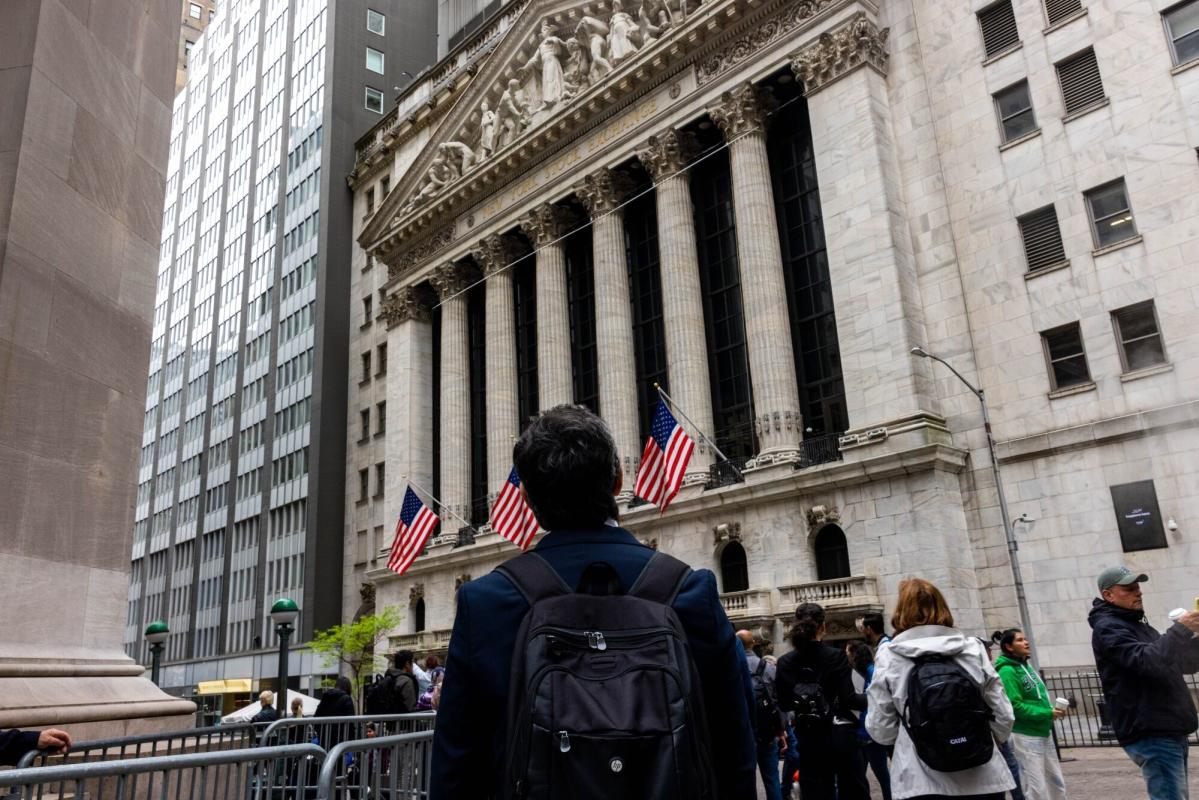(Bloomberg) — The U.S. stock market is finally as fast as it was about a hundred years ago.
Most read from Bloomberg
That was the last time stock trading in New York was settled in a single day, as will happen starting Tuesday under new Securities and Exchange Commission rules. The change, which halves the time it takes to complete each transaction, also took place Monday in jurisdictions including Canada and Mexico.
The move to the system known as T+1 – which was abandoned in the earlier era when volumes became unwieldy – is ultimately intended to reduce risk in the financial system. Still, there are concerns about possible teething problems, including that international investors will struggle to get dollars in time, that global funds will move into their assets at different speeds, and that everyone will have less time to fix mistakes.
The hope is that everything will go smoothly, but even the SEC said last week that the transition could lead to a “short-term uptick in settlement failures and challenges to a small segment of market participants.” The financial world’s top industry group, the Securities Industry and Financial Markets Association, has created what it calls the T+1 Command Center to identify problems and coordinate a response.
Companies across the spectrum have been preparing for months, redeploying staff, adjusting services and overhauling workflows, and many say they are confident in their own preparedness. The concern is whether all other counterparties and intermediaries are organized in the same way.
“There are a lot of dependencies within the sector and there may be some issues at individual companies,” said Tom Price, managing director and head of technology, operations and business continuity for Sifma. “But I find it encouraging that companies are hiring more staff. They ensure that people are not on the beach during the transition period, but in the office.”
Challenging transition
It’s not the first time Wall Street has undergone such a transition, but industry experts say it will be the biggest challenge.
The T+1 era of the 1920s – a decade dubbed “the Roaring Twenties” in part because of its astonishing stock market performance – ended because the manual nature of trades meant it was impossible to keep up with rising trading activity. The settlement time was eventually postponed to five days.
That was reduced to three in the aftermath of the Black Monday crash of 1987, and then to two days in 2017 to better reflect the modern market.
The one-day limitation is different due to the size and scale of the current market, the complexity of cross-border investments, and the fact that the US lags behind many other jurisdictions.
Most notably, currency transactions are traditionally settled within two days, meaning international investors looking to finance U.S. securities transactions will have to tap their dollars much more quickly. Despite the nominal timeframe of one day, a major industry deadline means in practice that many only have a handful of hours to do this. That coincides with a period of famously low liquidity.
“There will likely be an adjustment in liquidity requirements toward the end of the FX trading day and shortly thereafter – between 3 p.m. and 7 p.m. in New York,” said Michael Wynn, head of execution services for Citigroup Inc.’s securities services division. “In the medium to long term, we expect liquidity to improve as we return to business as usual.”
There are also two major, immediate tests coming up for the T+1 system: first, the so-called double settlement day of Wednesday, where Friday’s T+2 trades will expire at the same time as Tuesday’s T+1 trades . Subsequently, the MSCI Inc. index will will be rebalanced at the end of the week, when funds around the world that track these indicators will simultaneously rebalance their positions.
“We are ready for the expected waves,” said Christos Ekonomidis, T+1 program director at BNY Mellon. “We know there will be a number of issues with a transition like this, so it’s about making sure we have the right resources to resolve them quickly.”
Most read from Bloomberg Businessweek
©2024 BloombergLP






